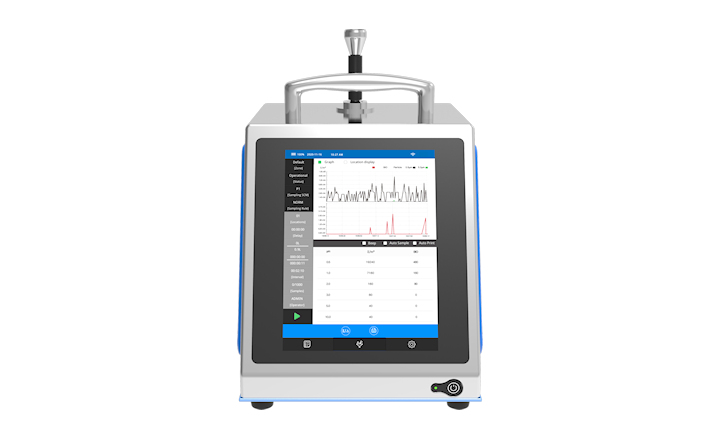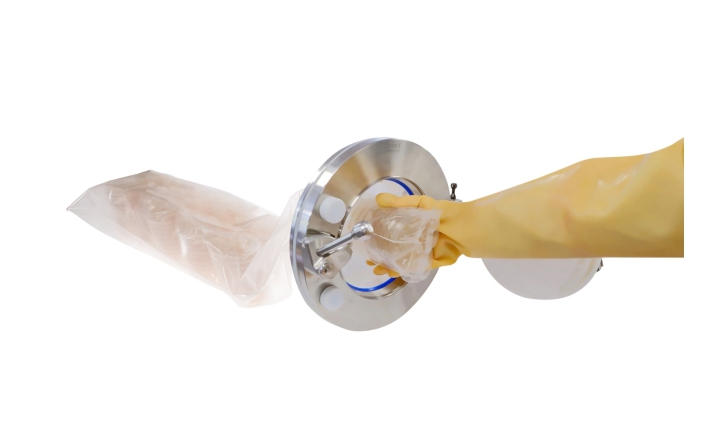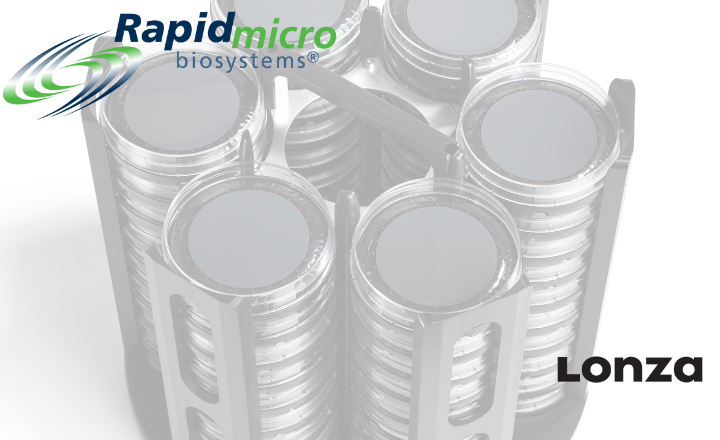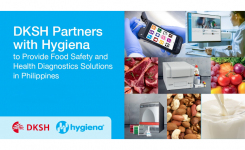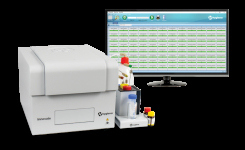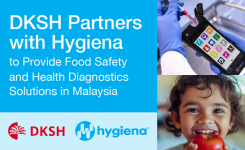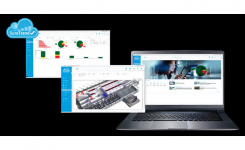Ensuring food safety requires a rigorous quality management system. As part of this system, a robust monitoring program must be implemented, including a hazard analysis and critical control point (HACCP) plan to ensure the early detection and control of food safety hazards.
As part of any HACCP plan, precise cleaning verification and sanitation methods must be established. These must be fully validated to ensure compliance and effectiveness. Selecting the proper tools for verification is essential. Besides test turn-around time, accuracy, sensitivity, and the ability to quantify results play vital roles in program efficacy.
When evaluating cleaning verification, quantification of ‘how clean a surface is’ can reveal the effectiveness of the cleaning procedure. A straightforward way to monitor ‘clean’ is through ATP testing. All organisms produce ATP, so it is an ideal measure for the presence of potential contamination. Another measure of cleanliness is protein/allergen detection;it can detect the presence of residual protein/allergens in any facility.
After cleaning, sanitation must take place. Again, quantification can reveal potential issues. Testing for indicator organisms or pathogens can determine if microorganisms have been sufficiently removed.
Although the specifics of cleaning and sanitation verification may vary between facilities and
regions, the value of test result quantification remains relevant. Whether identifying the extent and source of contamination or monitoring the HACCP program’s effectiveness over time, quantifiable data provides the focused insight required for appropriate and timely action.
Learn more about Hygiena solutions for ATP monitoring, allergen identification, and indicator/pathogen testing. Download our whitepaper.
There are multiple hurdles to overcome when automating laboratory testing, especially when testing for microbial contamination in food. With a wide variety of matrices, sample sizes, and organisms, each food type can have its own unique methodology for sample preparation and testing. Another issue is the uneven distribution of the target organism, requiring large sample sizes or homogenization of multiple samples to achieve the testing precision needed to ensure food is safe to eat. In addition, the lab must select a robust laboratory information management system (LIMS). The LIMS must be capable of ensuring efficient processing of all samples through all steps and storing the results;it also must record information for each process step, enabling traceability and chain of custody.
The lab must also consider the tests they run most often when automating processes. High-volume tests or repetitive tests should take precedent over occasional tests. This ensures automation of the activities that have the greatest impact on workflow efficiencies. In addition, the lab must determine what steps are simplest to automate. For example, sample pipetting can easily be automated if processing large numbers in a similar format. In fact, liquid handling is the most common type of process that is automated. When considering automation options, look for those manual processes that can be replaced with instrumentation and software capable of improving overall lab efficiency while maximizing method performance. Also consider the physical space in the lab – and build flow diagrams to help identify the best placement of equipment for maximum workflow outcomes.
Some automated tools for microbial testing are as simple as instruments for sample preparation and assay set-up, especially when handling large sample numbers daily. For high-throughput liquid handling, robotic systems can dispense and collect specific liquid amounts, such as for adding reagents, washing samples or transferring contents between containers. Such liquid handling platforms work with various types of containers, from tubes to multi-well plates and are designed to prepare samples for various downstream processes, such as sequencing or PCR.
One such PCR/Automation combination is the Hygiena™ BAX® System PCR Assays and the BAX® Prep Xpress automation instrument. The Prep Xpress is designed for high-throughput liquid handling and has programmed protocols that have been optimized for utilizing the 8-well multi-channel pipette heads. As a result, this instrument can prepare BAX System samples, filling cluster tubes with lysis solution or BHI media, transferring from a sample or BHI cluster tube into lysis solution cluster tubes, or transferring from prepared lysate cluster tubes into PCR tubes. The only additional equipment needed is a heating block for completion of some of the BAX System sample preparation steps. In addition, the instrument’s small footprint (2 ft3), makes it the right selection for any lab.
To aid with workflow, the BAX® System stores all results in a computer-based software for analysis and interpretation. Since the BAX® Prep Xpress platform handles sample preparation, the risk of technician error is significantly reduced while pipetting accuracy and reliability is increased. The automation system has on-board control features and software to minimize downtime by prompting technicians for any maintenance activities.
When it comes to microbiological laboratory testing, a multitude of complex, time-consuming workflow processes are needed. By smartly evaluating the labs’ need for automation to streamline these workflows, consider automation solutions such as the BAX® System and BAX® Prep Xpress, that can handle the most tedious tasks, such as sample processing. Hygiena™ can assist you in getting this workflow set up in your laboratory.
Click on the links to learn more about the BAX® System and BAX® Prep Xpress or use the Request Information button below.




